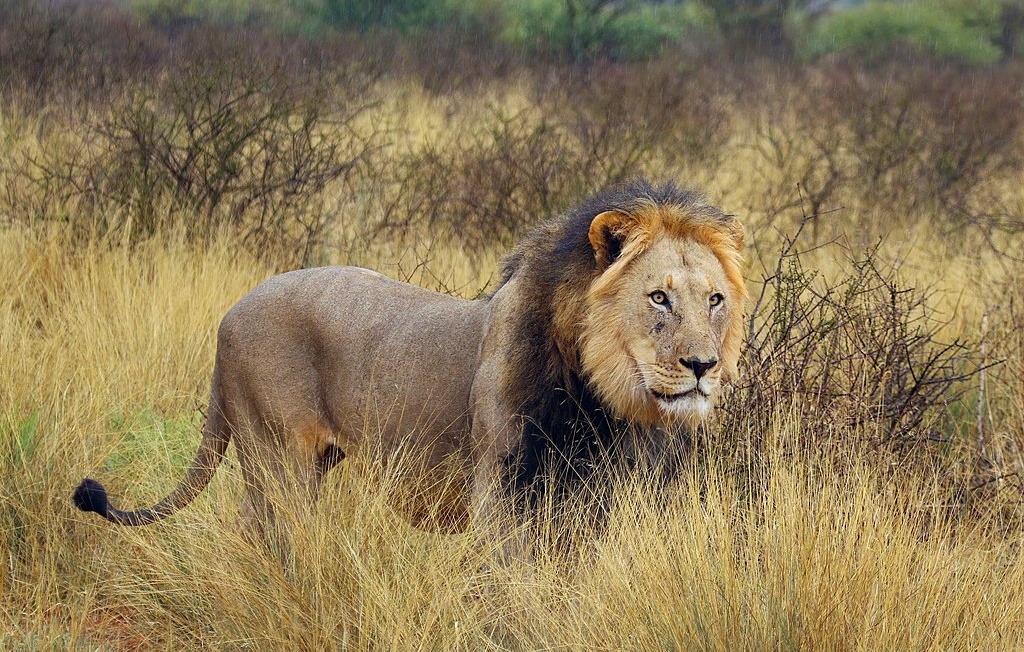Seven Animals to see in the Kalahari Desert
Published on: 08//04/2022
Published on: 08//04/2022

Photo title: Lion
|Photo Credits: Charles James Sharp from Wikimedia Commons

Photo title: Meerkats
|Photo Credits: Diego Delso from Wikimedia Commons

Sara Essop is a travel blogger and freelance writer based in South Africa. She writes about family travel and experiences around the world. Her hobbies include taking the road less travelled and discovering fascinating places everywhere. Although she has been to 47 countries thus far, her favourite place to be in is the African bush.
Adapt and Survive: Reaching the Pinnacle of Specialisation
Into the night – nocturnal life in the Kalahari
A Lone Porcupine fights off an entire pride of Lions!
Ten Interesting Facts About the Kalahari Desert